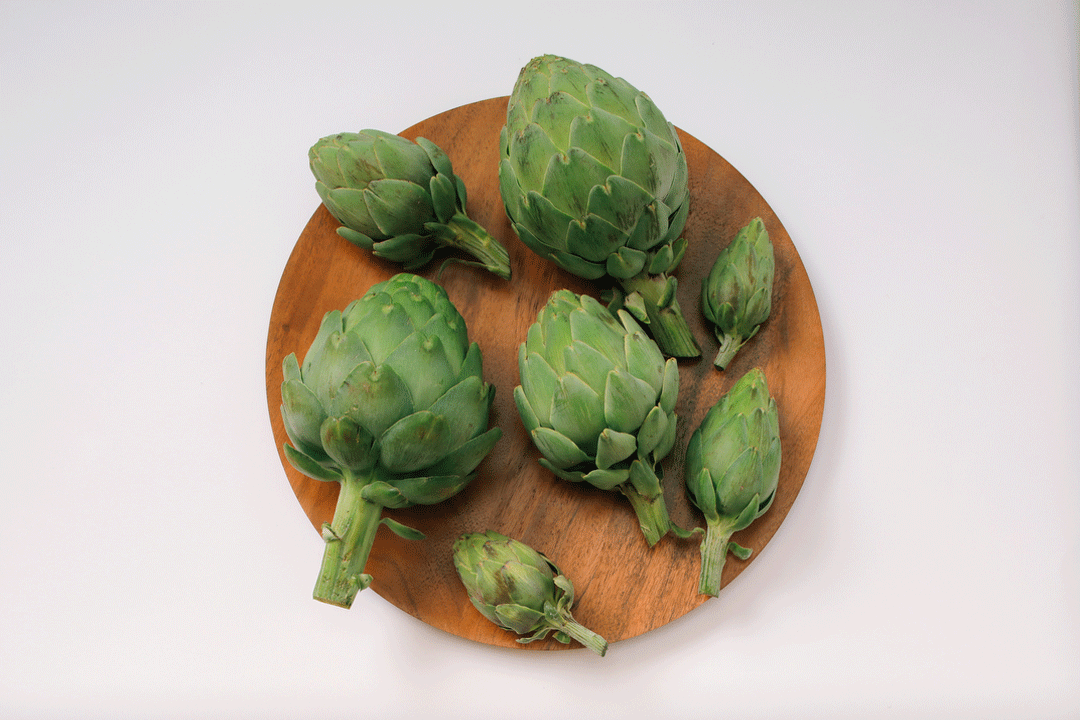Eggplants: How to choose, store and prepare
The sheer variety of eggplants in the market can be a bit overwhelming, but there is good news: For the most part, eggplant tastes like eggplant. Only the degree of bitterness varies somewhat. The main difference among the varieties is texture. Eggplant can be firm, even slightly stringy, or it can be creamy. This can be hard to predict, although generally the familiar black globe eggplants are the most fibrous.
How to choose: There are a lot of myths about eggplant and bitterness. Bitterness doesn’t come from too many seeds or from a certain shape or type; it comes from being over-mature. So be sure to choose eggplant that is firm, even hard to the touch. There should be no shriveling or soft spots. Also check the calyx (the green leaves at the stem end); it should be fresh and green, not dried out and brown.
How to store: You can leave eggplants at room temperature for a day or two with no ill effects. After that, refrigerate them, but not for too long. Odd as it may seem, eggplant is a tropical fruit and suffers chill damage very quickly.
How to prepare: There is no end to the ways you can prepare eggplant. Fry it, roast it, grill it, deep-fry it, even steam it. Each results in a different texture and taste, but all will be delicious. If you’re frying eggplant, be sure to salt it first: Cut the eggplant into cubes or slices, salt it liberally on both sides and arrange it in a colander with some kind of weight to press it. Leave it for at least an hour, then rinse and pat it dry. The salting doesn’t change the flavor, but it makes the texture much silkier. It doesn’t have the same effect with eggplant that is grilled, roasted or steamed, so don’t bother.
More to Read
Eat your way across L.A.
Get our weekly Tasting Notes newsletter for reviews, news and more.
You may occasionally receive promotional content from the Los Angeles Times.






